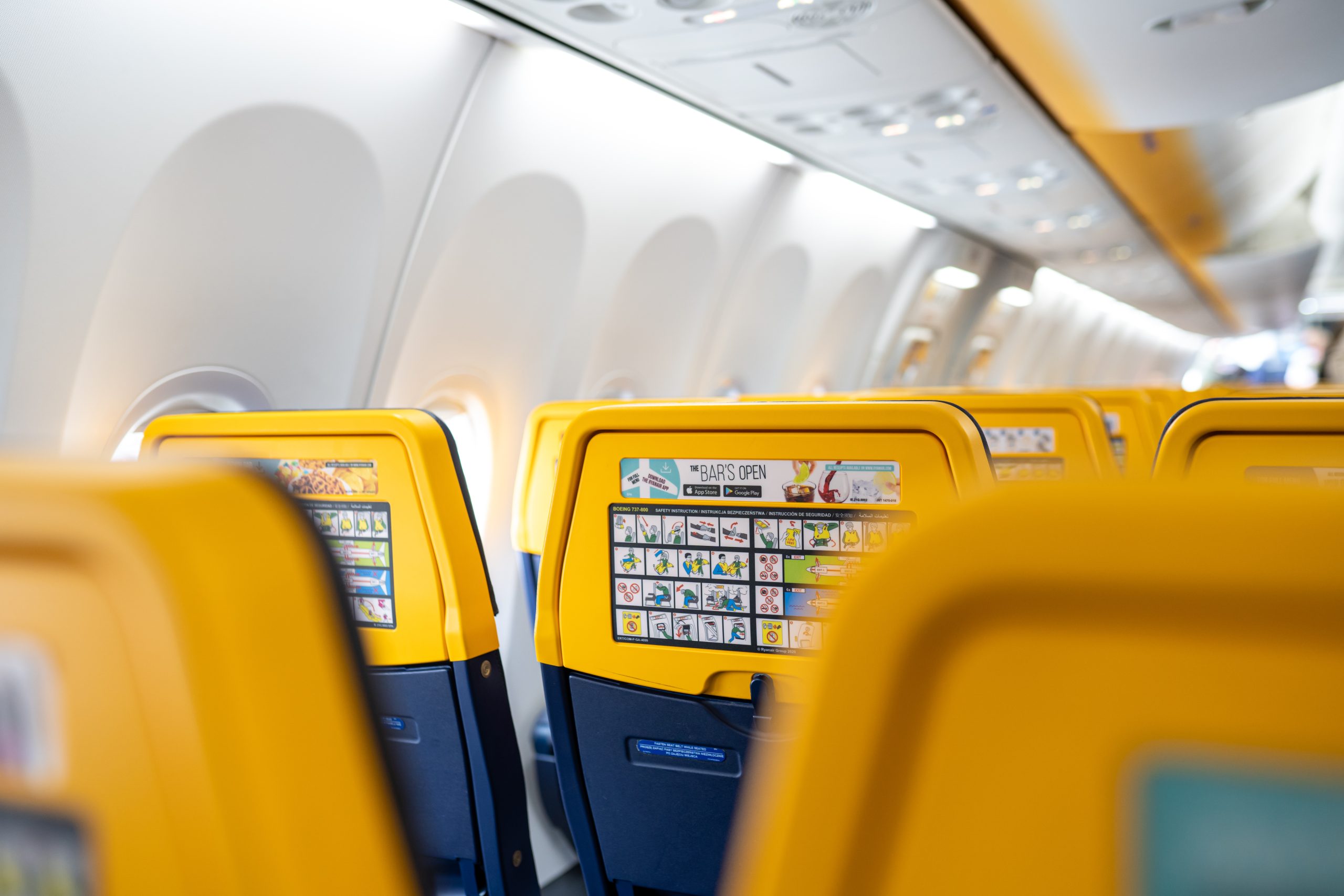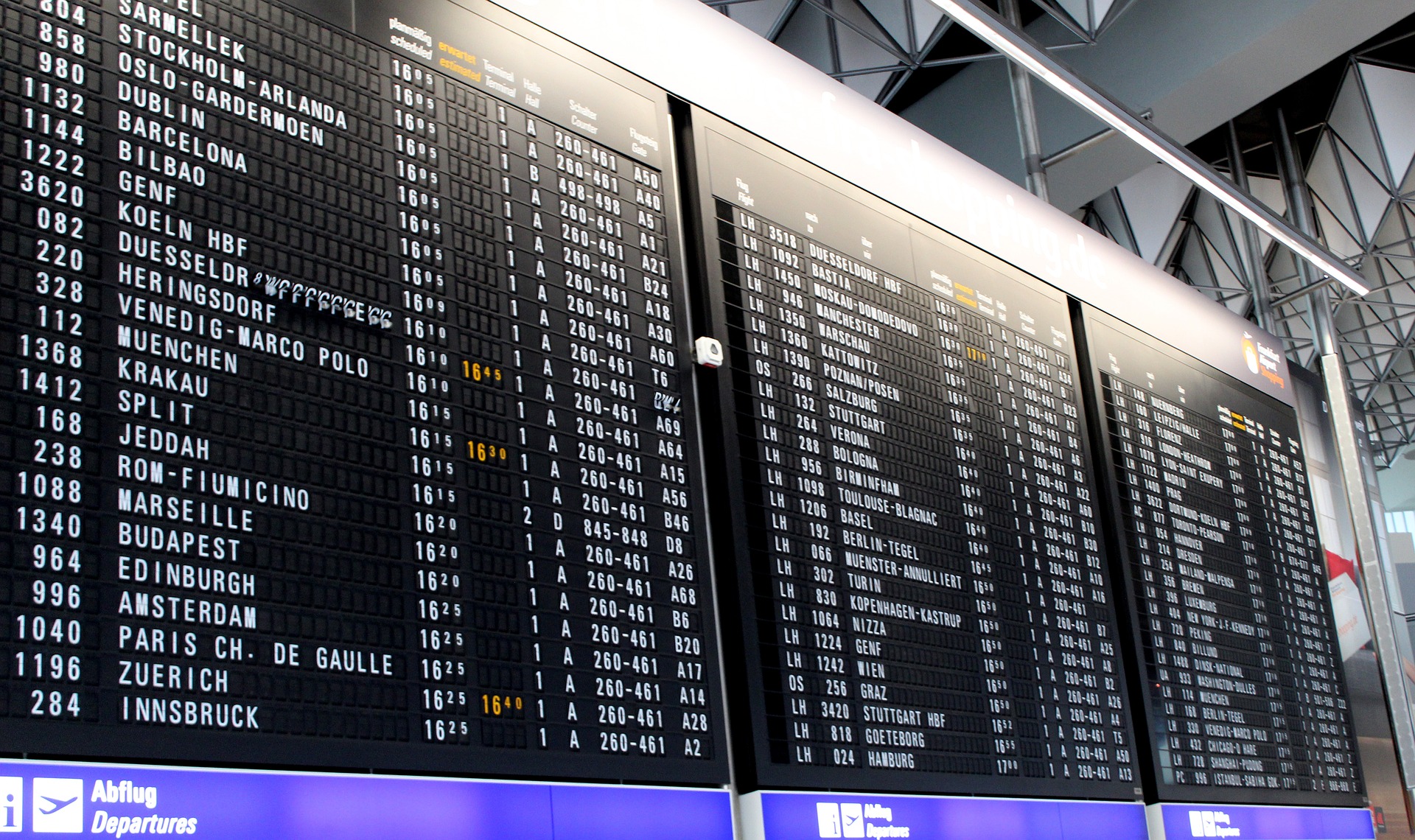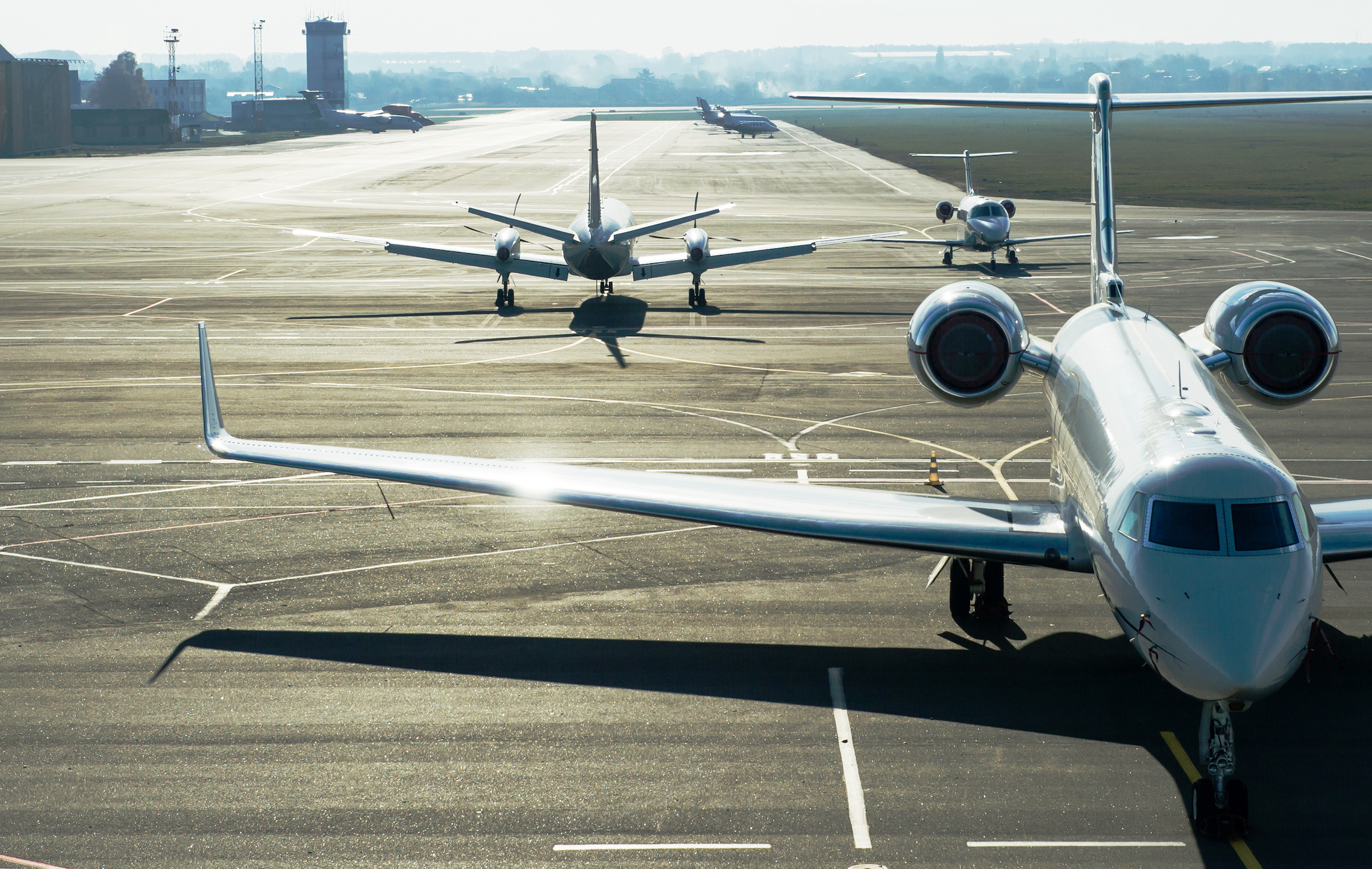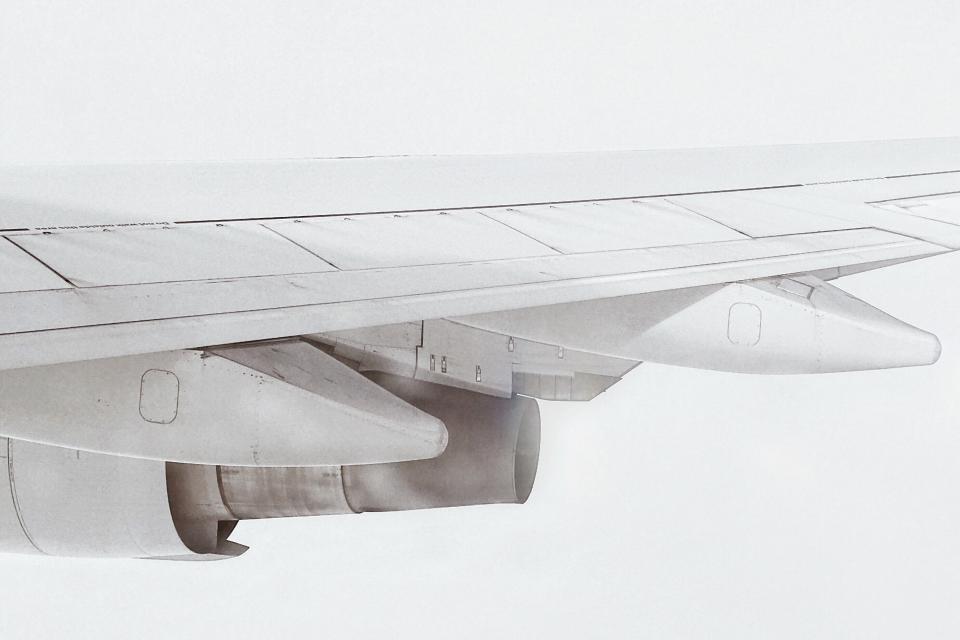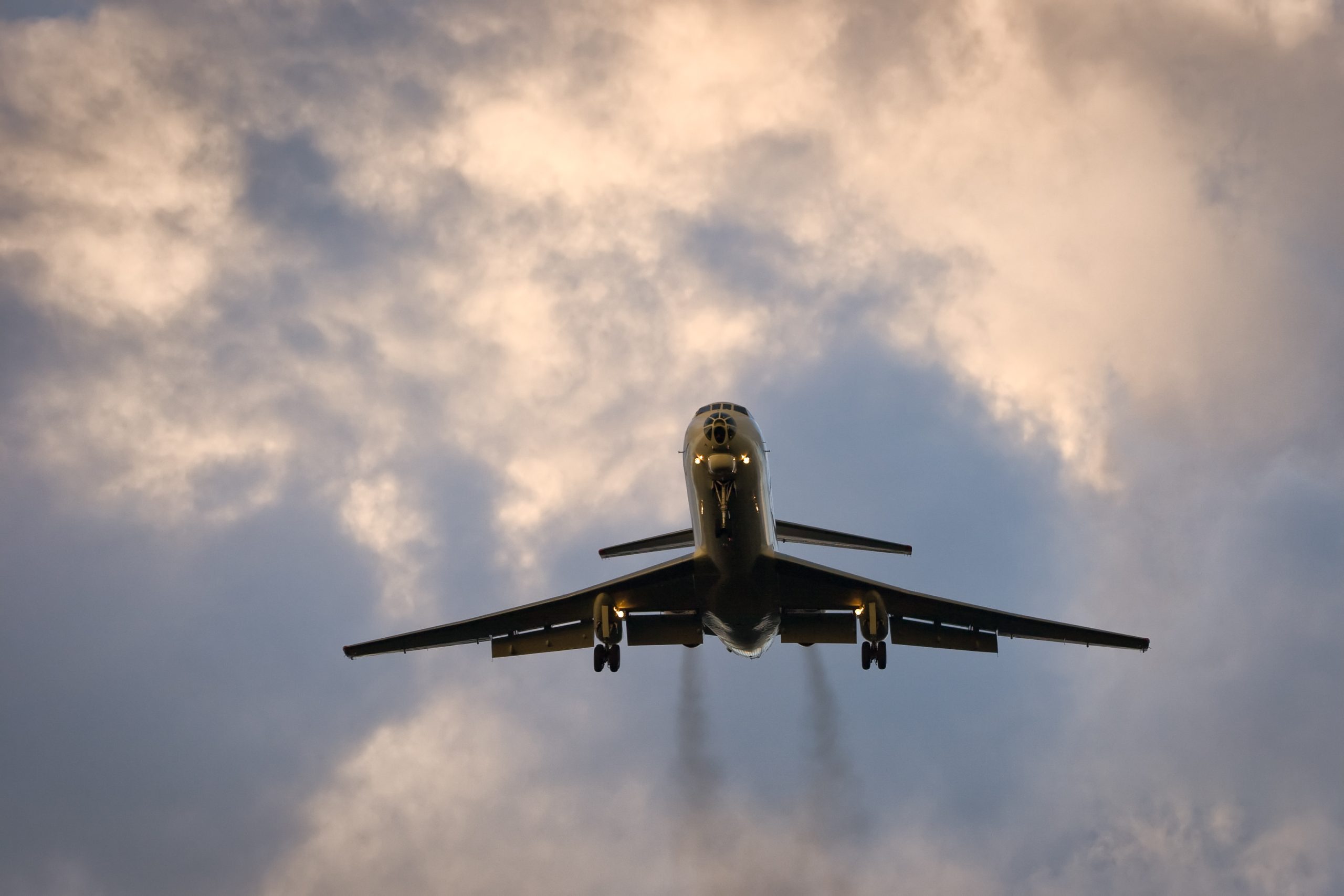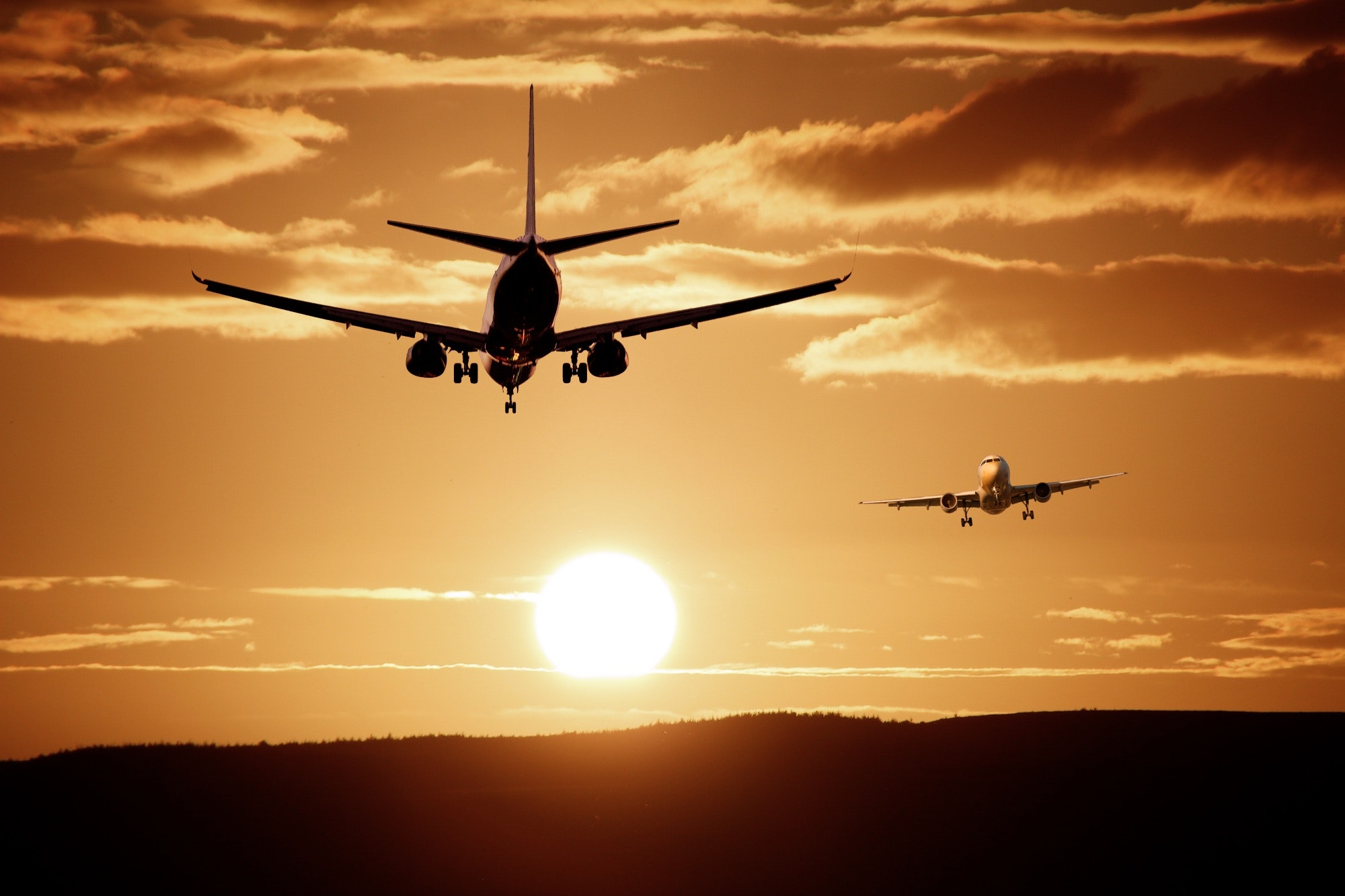What is aviation’s contribution to climate change?
Emissions from aviation are a significant contributor to climate change. Airplanes burn fossil fuel which not only releases CO2 emissions but also has strong warming non-CO2 effects due to nitrogen oxides (NOx), vapour trails and cloud formation triggered by the altitude at which aircraft operate. These non-CO2 effects contribute twice as much to global warming as aircraft CO2 and were responsible for two-thirds of aviation’s climate impact in 2018.
Emissions from aviation have been growing faster than any other mode of transport, and have more than doubled between 1990 and 2019. Aviation emissions went from 1.5% of all European emissions in 1990 to 4.7% in 2019. The sector is expected to fully recover from the Covid ‘shock’ as early as 2024.
If unmitigated, aviation emissions could more than double (compared to 2019) by 2050 and in doing so, the sector will consume more than 10% of the remaining carbon budget to stay below 1.5°C of warming.
Was aviation left out of the Paris agreement?
Unlike the Kyoto protocol, which had specific emission targets only for developed countries, the Paris agreement calls on all states to adopt “economy-wide” emission reduction targets. This “economy-wide” requirement means that despite there being no explicit reference to aviation – nor indeed are any other specific industrial sectors mentioned – the aviation sector remains covered by the agreement just like all other sectors.
To ensure compliance with the agreement, T&E is calling for the inclusion of aviation emissions in countries’ climate pledges under the Paris agreement – known as nationally determined contributions (NDCs). Such an inclusion would encourage states to take action, both at national and international level as appropriate, to address aviation’s climate impact. The same argument holds for shipping. The EU’s 2030 target already includes outbound aviation emissions (although these are in practice not included in any legislation), and other jurisdictions should follow suit, building on the UK’s decision in 2021 to be the first major economy to account for its airline and shipping emissions under its carbon budget.
Currently, parties are working with the UN’s aviation agency, the International Civil Aviation Organisation (ICAO), to adopt global measures, such as a long-term emissions reduction goal and a global offsetting scheme (CORSIA). However there is a limit to the level of ambition that a UN agency with 193 members can agree to. There is therefore a need for more ambitious and effective action at national and European level.
What is being done to address aviation’s non-CO2 climate impacts?
Despite their considerable impact, no measures are in place at regional or global level to address aviation’s non-CO2 climate impacts. This report examines the latest research on aviation’s non-CO2 climate impacts, and identifies ways to mitigate them. The major impacts come from the long white stripes coming out of jets, called contrails and induced cirrus cloud formation which is a result of water vapour as well as soot particles emitted during flight cruise.
To reduce non-CO2 effects, airplanes can use clean fuels to reduce the amount of pollutants released and changing flight paths to fly at lower altitude, where contrail formation is avoided. Rerouting less than 2% of flights in Japan reduced the warming effect of contrails by nearly 60%.
Will alternative fuels and technology bring aviation emissions down?
E-fuels such as power-to-liquid are a potential source of zero or lower carbon alternative fuels. E-kerosene is the only fuel that can be sustainably scaled up to reduce aviation’s climate impact.But theyrequire enormous amounts of renewable energy and their environmental effectiveness depends on the source of the CO2 required to produce the fuels. However, they do provide the potential to significantly reduce emissions from the sector. Read more on sustainable advanced fuels for planes here.
Zero emissions aircraft, such as hydrogen or electric planes, can help decrease aviation emissions for shorter ranges, but they will need significant amounts of funding to be in operation in the mid 2030s. Read more on our views on new plane designs here.
Should we fly less?
As it is currently difficult to reduce emissions from this sector, flying less is the only way to reduce emissions in the critical decade before 2030. Flying less could mean taking a more sustainable mode of transport, such as train, or changing your destination to one which can be reached by less climate-intensive means. It could also mean teleconferencing instead of attending business meetings, or going on longer individual holidays, rather than several short, carbon intensive, trips.
During the COVID-19 pandemic, the ease with which many employees adjusted to being home and flying less revealed that those long-held ideas of the need to fly for work no longer stand. Reducing corporate travel is an easy way to cut aviation emissions. By reducing corporate travel to 50% of pre-COVID levels, we can cut CO2 emission by as much as 32.6 MtCO2 by 2030 in Europe, which is equivalent to taking 16 million polluting cars off the road.
Whatever the means of achieving it, demand reduction should not be a taboo subject. The sector’s emissions are soaring at a rate too high to ignore and policy-makers should at the very least not recklessly champion endless aviation growth while at the same time knowing how difficult it is to decarbonise the sector.

